Helping You Get Back to Normal
We are experts in our field and understand that in this tough time you need more than just a restoration company you need a genuine team of experts who care about your safety, happiness, and well-being. Our Kalamazoo restoration team is available 24/7 to assist you through this difficult time.
When it comes to the restoration of your home or business, it's critical that the team you hire is well-prepared to handle your project. ServiceMaster of Kalamazoo is the expert in disaster restoration services and has set the industry standard. Our team members are thoroughly trained and are committed to customer satisfaction. We are committed to providing reliable, trustworthy, and timely customer service.


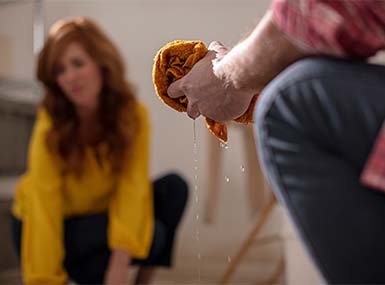
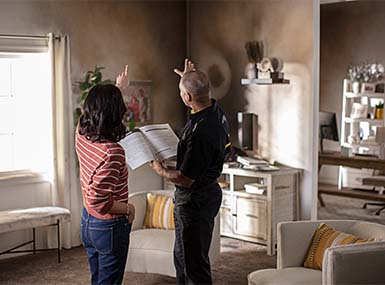
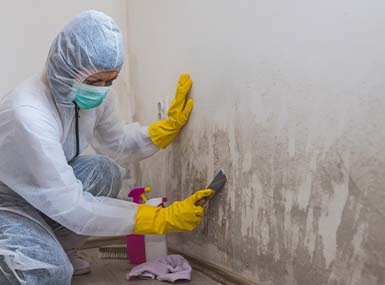
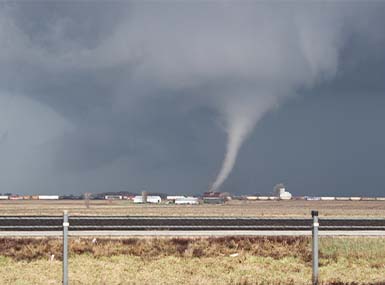
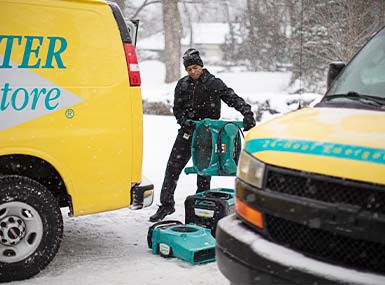


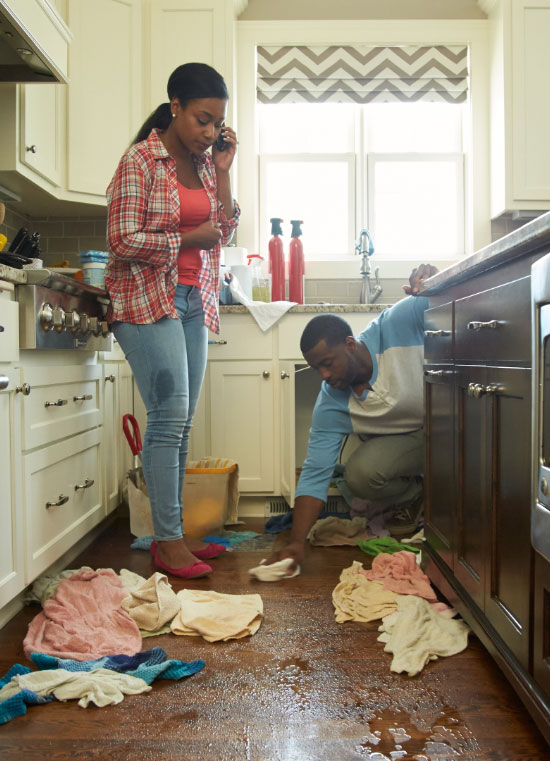


.2008251600265.png)